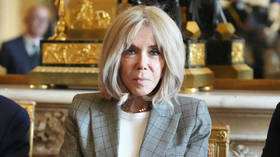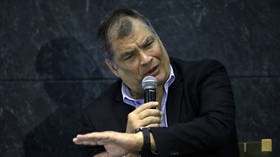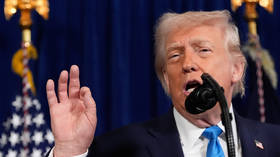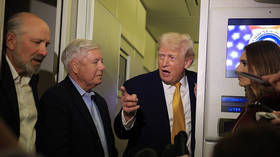Central Banks’ gambling: Is easy money that easy?
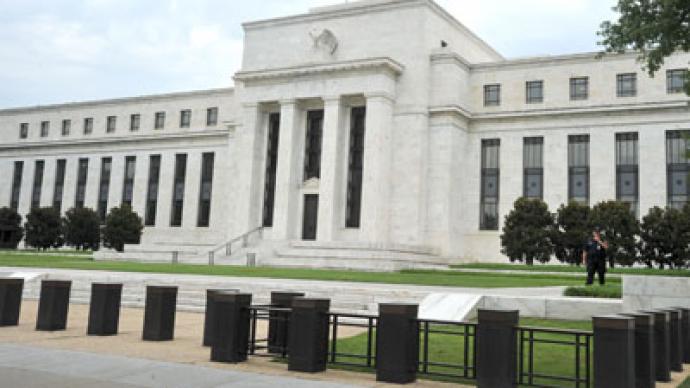
Pumping billions into troubled economies has become the usual practice for the world central banks seeking to plug huge budget holes. Such an out of the box monetary strategy, generally known as ‘easy money’ may create another crisis, experts worry.
Since the financial crisis kicked off in 2007, the biggest central banks have injected above $11tn into the world financial system, the Wall Street Journal (WSJ) calculated. As recoveries by troubled economies are slow to come, more billions are in the pipeline to be pumped into government bonds, mortgages and business loans.In the framework of its quantitative easing initiative, the US Federal Reserve has bought $40bn worth of mortgage – backed securities. The Bank of England also joined the club and agreed to inject billions of pounds into businesses and households. The European Central Bank, in turn, decided to keep interest rates low for the countries in trouble. The Bank of Japan, facing deflation, is purchasing about $1.14tn in government bonds, corporate debt and stock. "These emergency measures could have undesirable effects if continued for too long," Jaime Caruana, general manager of the Bank for International Settlements, told WSJ."Will history decide they did too little or too much? We don't know because it is still a work in progress," said Kenneth Rogoff, an economics professor at Harvard and co-author of a book, "This Time Is Different," that examines financial crises over eight centuries. "They are taking risks because it is an experimental strategy."Quantitative easing is an economic stimulus used by the monetary authorities at times when conventional tools can no longer be used, namely when interest rates are at, or close, to zero. When this is the case, a central bank buys financial assets from commercial banks and other financial institutions with the money they simply print for the purpose. The goal is to make borrowing cheaper, which in turn should stimulate spending and investment by households and businesses. But creating money out of thin air and then it them into an economy is a high – stakes experiment not explained in standard textbooks and implying huge inflationary risks. "We're all very conscious that we're in an environment that's unusual and we're using a policy weapon that we don't have a lot of experience with," said Charles Bean, Deputy Governor of the Bank of England.Should the experiment succeed, the world economy should step up onto a firm recovery track, while a failure could create an inflationary bubble that’ll prepare the unhealthy grounds for another financial crisis. Goodwill and independence of the central banks will also suffer in a case of misfortune. Economist and private investor Michael Norman argues that quantitative easing by central banks is not analagous to "pumping billions" into economies. "These are merely monetary operations that are nothing more than big asset swaps. When the CB conducts quantitative easing it removes one asset from the private sector--usually a government security--and replaces it with another--reserves in the banking system," he told RT. "The net amount of new financial assets created is zero." Moreover, according to Norman, these actions end up removing a tremendous amount of interest income that would have been earned by people and firms in the private economy. "Case in point, since the Fed started conducting these "extraordinary measures" back in 2008, a total of $400 bln in interest income has been removed. That more than offsets the gain in private wages and salaries over that time period," Norman explained.Another concern is that the central banks can’t solve structural problems in the economy. They control money supply, balancing between the need to spur economic growth and keeping inflation sustainable. Each bailout package thrown into an economy reduces the cost of borrowing, thus stimulating economic growth, but poses a risk of inflation. Alternatively, cutting the amount of money that circulates in the economy, CBs make interest rates go up, which restrains economic expansion, but tamps down prices."Government can "pump billions" into economies via deficit spending. However, most countries are embracing austerity in a desire to lower deficits and this can be viewed as money destruction. Central banks can only set interest rates. That's it. And there's no direct channel from interest rates to aggregate demand," Michael Norman told RT.A mere smoothing of economic wounds with easy money creates the illusion of things getting better, with policymakers becoming relaxed about implementing any structural reforms to address a core of the evil. Easy come, easy go, as the saying goes, but time will show how much room there is to go.



